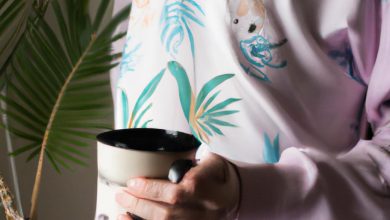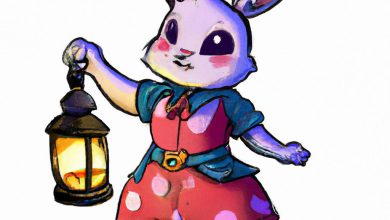Understanding the Broken New Zealand Rabbit: Breeding, Care, and Health
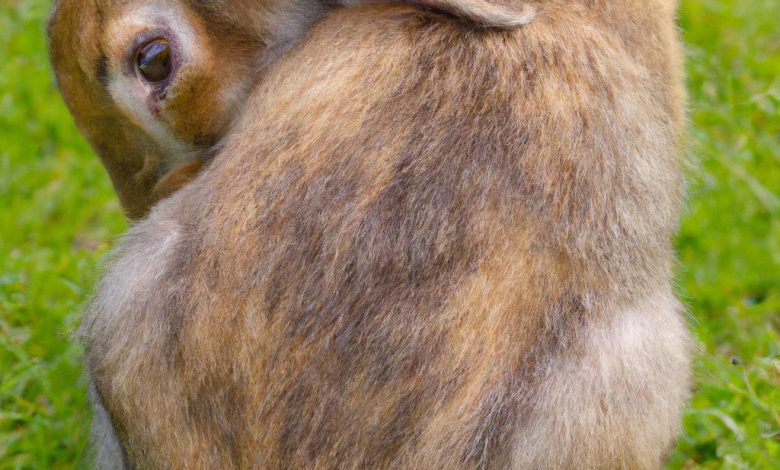
If you’re looking for a friendly, docile, and hardy breed of rabbit, then the broken new zealand rabbit is definitely worth considering. In this article, I’ll be sharing everything you need to know about this beautiful breed, from its physical appearance and unique qualities to breeding, care, and health. By the end of this Rabbitfact article, you’ll have a greater understanding of the Broken New Zealand Rabbit and be equipped to provide the best care for your furry friend.
Definition of Broken New Zealand Rabbit
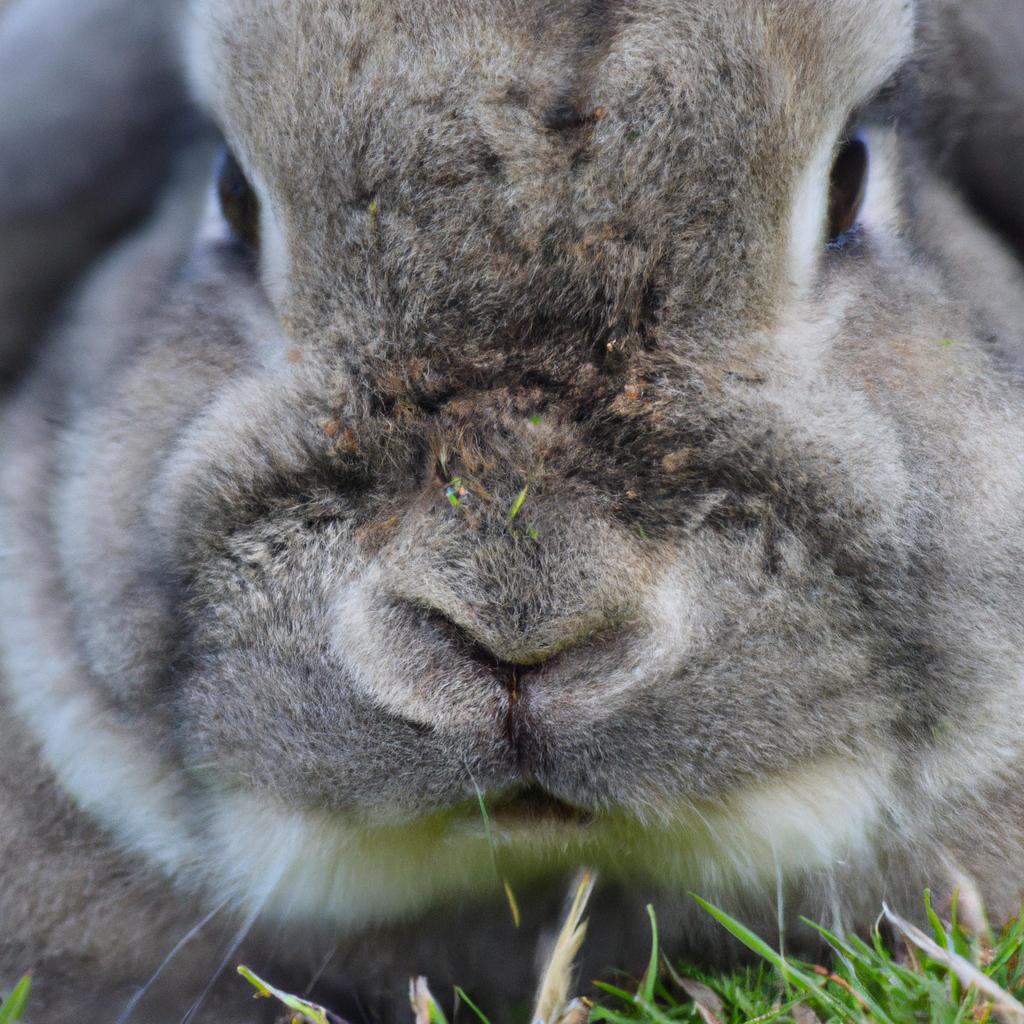
The Broken New Zealand Rabbit is a breed of rabbit that originated from New Zealand. It is recognized by the American Rabbit Breeders Association (ARBA) as well as other international rabbit organizations. This breed is known for its distinctive coat pattern, which features a solid base color with random spots of a contrasting color. Broken New Zealand Rabbits come in various colors, including black, blue, red, and white.
Brief History and Origin of the Breed
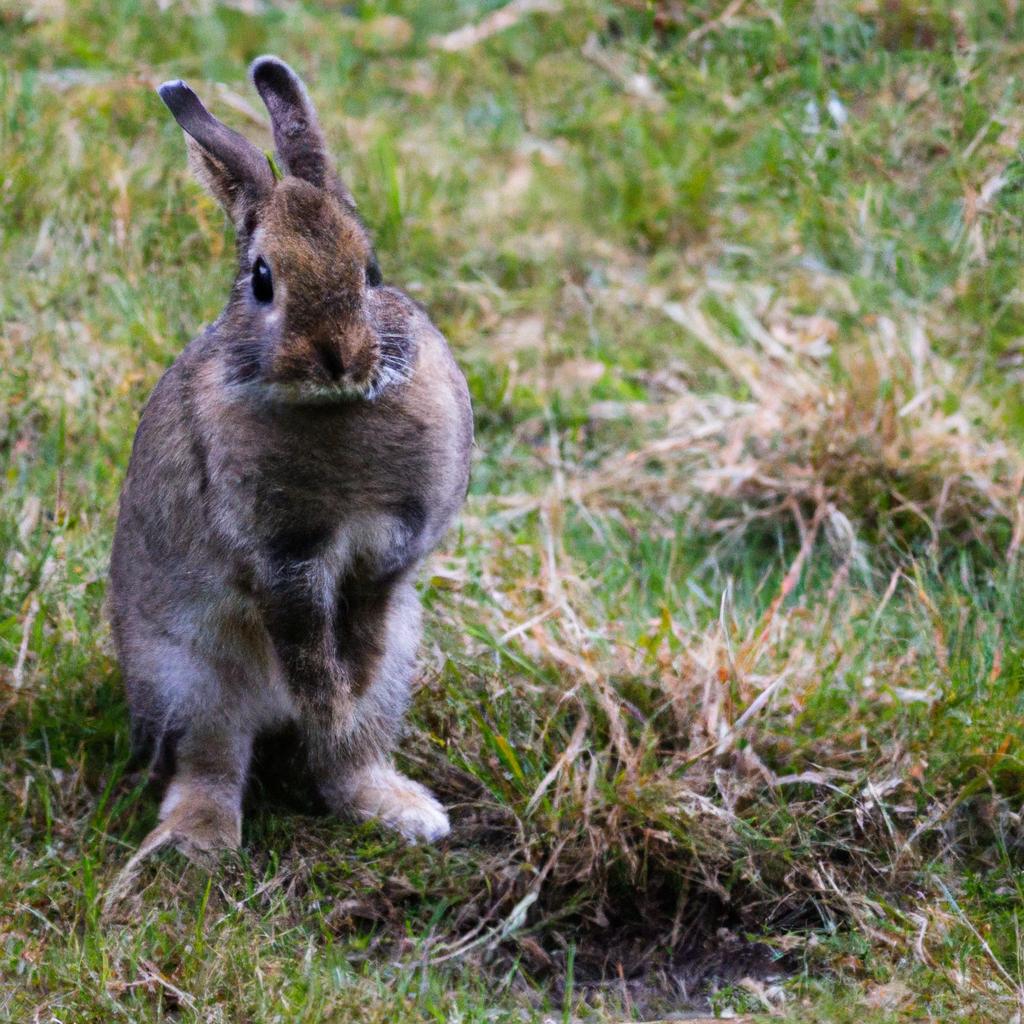
The New Zealand Rabbit was first developed in the 1910s by American rabbit breeders who were looking for a rabbit breed that was suitable for meat production. The breed was named after its country of origin, New Zealand, where it was first bred. The Broken variety of the New Zealand Rabbit was developed later by breeding together two different color variants of the breed.
Importance of Understanding the Breed
Understanding the characteristics and needs of the Broken New Zealand Rabbit is crucial for providing appropriate care and ensuring their wellbeing. This breed has unique qualities that make it stand out from other rabbits, and by understanding these qualities, you’ll be able to provide the best possible environment for your rabbit to thrive. In the next section of this article, we’ll be diving deeper into the characteristics of the Broken New Zealand Rabbit.
Characteristics of Broken New Zealand Rabbit
If you’re looking for a rabbit breed that is both visually striking and has a wonderful personality, then the Broken New Zealand Rabbit is the perfect choice. Here are some of the key characteristics of this breed that make it stand out from the crowd.
Physical Appearance and Features
The Broken New Zealand Rabbit is a medium-sized breed, weighing between 8-12 pounds. It has a sturdy, muscular build, with a broad, blocky head and erect ears. The most distinctive feature of this breed is its coat pattern, which features a solid base color with random spots of a contrasting color. The spots can range in size and shape, creating a unique and eye-catching appearance. Broken New Zealand Rabbits can come in various colors, including black, blue, red, and white.
Behavioral Traits
Broken New Zealand Rabbits are known for their friendly and docile personalities. They enjoy human interaction and make great family pets. This breed is also very active and playful, so providing plenty of toys and activities is essential for their mental and physical health. They are also very intelligent and can be trained to perform basic commands and tricks.
Unique Qualities and Advantages of the Breed
One of the unique qualities of the Broken New Zealand Rabbit is its hardiness and adaptability. It can thrive in a variety of environments, making it a popular choice for both indoor and outdoor living. Additionally, this breed is known for its excellent meat production qualities, making it a popular choice among farmers and homesteaders.
Overall, the Broken New Zealand Rabbit is a wonderful breed that has a lot to offer. By understanding its unique characteristics and qualities, you’ll be able to provide the best possible care for your furry friend. In the next section of this article, we’ll be discussing breeding the Broken New Zealand Rabbit.
Breeding the Broken New Zealand Rabbit
Breeding rabbits can be a rewarding experience, but it requires careful planning and preparation. In this section, we’ll be discussing the key aspects of breeding the Broken New Zealand Rabbit, including selection of breeding stock, breeding methods and techniques, gestation period and litter size, and care for newborn kits.
Selection of Breeding Stock
When selecting breeding stock, it’s important to choose rabbits that are healthy, have good conformation, and exhibit the desired traits. You should also consider the age and breeding history of the rabbits. It’s best to breed rabbits that are at least 6 months old and have not been bred before.
Breeding Methods and Techniques
There are two main breeding methods for rabbits: natural breeding and artificial insemination. Natural breeding involves allowing the male and female rabbits to mate naturally. Artificial insemination involves collecting semen from the male rabbit and injecting it into the female rabbit’s reproductive tract.
Gestation Period and Litter Size
The gestation period for the Broken New Zealand Rabbit is approximately 31 days. During this time, the female rabbit should be provided with a comfortable and stress-free environment. The litter size for this breed is usually between 6 and 10 kits, although it can vary depending on the rabbit’s age and health.
Care for Newborn Kits
Newborn kits require special care and attention to ensure their survival. The mother should be provided with a nesting box filled with soft bedding material, such as straw or hay. The kits should be left alone with their mother for the first few days to ensure they receive colostrum, which provides essential nutrients and antibodies. After this, you can start handling the kits gently to socialize them and monitor their health.
In the next section of this article, we’ll be discussing the care and maintenance of the Broken New Zealand Rabbit.
Care and Maintenance of Broken New Zealand Rabbit
As a responsible rabbit owner, providing adequate care and maintenance for your Broken New Zealand Rabbit is crucial for their health and wellbeing. In this section, we’ll be discussing the different aspects of caring for your rabbit, including housing, feeding, grooming, and health.
Housing and Environment
Broken New Zealand Rabbits are active animals and require plenty of space to move around and exercise. A suitable housing environment for a single rabbit should be at least four times the size of their body. It’s important to provide a safe and secure housing environment that protects your rabbit from predators and harsh weather conditions.
Your rabbit’s housing should also include a comfortable place for them to sleep, such as a cozy nest box or a soft blanket. A litter box should also be provided to encourage good litter habits and maintain cleanliness.
Feeding and Nutrition
Feeding your Broken New Zealand Rabbit a well-balanced diet is essential for their overall health and wellbeing. The diet should consist of hay, fresh vegetables, and a small amount of commercial rabbit pellets. Fresh water should always be available to your rabbit.
It’s important to avoid feeding your rabbit foods that are toxic or harmful to their health, such as chocolate, caffeine, and sugary treats. Overfeeding your rabbit can also lead to obesity and other health problems, so it’s important to monitor their food intake and adjust accordingly.
Grooming and Hygiene
Broken New Zealand Rabbits have a dense, short coat that requires regular grooming to prevent matting and maintain cleanliness. Brushing your rabbit’s fur once a week can help remove loose fur and prevent hairballs. It’s also important to trim your rabbit’s nails regularly and clean their ears to prevent infections.
Common Health Issues and Preventive Measures
Broken New Zealand Rabbits are generally healthy animals, but they can be susceptible to certain health issues such as dental problems and gastrointestinal stasis. Regular veterinary check-ups and preventative measures such as providing a healthy diet and adequate exercise can help prevent these health problems.
In the next section of this article, we’ll be discussing the training and handling of Broken New Zealand Rabbits.
Training and Handling Broken New Zealand Rabbit
If you’re looking to have a well-behaved and sociable Broken New Zealand Rabbit, training and handling are essential. Here are some tips and techniques for training and handling your rabbit.
Socialization and Bonding
Socialization and bonding are crucial for developing a strong relationship with your Broken New Zealand Rabbit. Spend time with your rabbit daily, and offer them treats and affection to build trust. Introducing your rabbit to new people, animals, and environments can also help socialize them and prevent them from becoming fearful or aggressive.
Basic Commands and Tricks
Teaching your rabbit basic commands and tricks can be a fun and rewarding experience. Start with simple commands, such as “come” and “stay,” and use positive reinforcement, such as treats and praise, to encourage your rabbit to comply. Once your rabbit has mastered basic commands, you can move on to more complex tricks, such as jumping through hoops or running through obstacle courses.
Handling and Restraint Techniques
Handling and restraint techniques are necessary for grooming, health checks, and transport. When picking up your rabbit, support their entire body and hold them gently but firmly. Avoid grabbing them by the ears or scruff of the neck, as this can cause discomfort or injury. If your rabbit becomes agitated or scared, gently place them back in their enclosure and try again later.
Safety Precautions for Children and Other Pets
If you have children or other pets in your household, it’s crucial to take safety precautions when interacting with your Broken New Zealand Rabbit. Teach children how to handle and interact with rabbits properly, and supervise their interactions at all times. Introduce other pets to your rabbit slowly and under supervision, as some animals may view rabbits as prey and become aggressive. Providing your rabbit with a safe and secure enclosure can also help ensure their safety.
Conclusion
In conclusion, the Broken New Zealand Rabbit is a beautiful and friendly breed that makes an excellent pet for those looking for a docile and hardy rabbit. Understanding the breed’s characteristics, breeding, care, and health needs is crucial for providing appropriate care and ensuring their wellbeing.
Remember that responsible ownership and ethical breeding practices are essential for the continued health and welfare of rabbits. By providing a safe and comfortable environment, a nutritious diet, and regular veterinary care, you can ensure that your Broken New Zealand Rabbit lives a happy and healthy life.
For more information on rabbits and rabbit care, visit rabbitfact.com. Our website is dedicated to providing reliable and accurate information about rabbits and rabbit care, so you can be confident that you’re providing the best care for your furry friend.
Conclusion: So above is the Understanding the Broken New Zealand Rabbit: Breeding, Care, and Health article. Hopefully with this article you can help you in life, always follow and read our good articles on the website: rabbitfact.com



